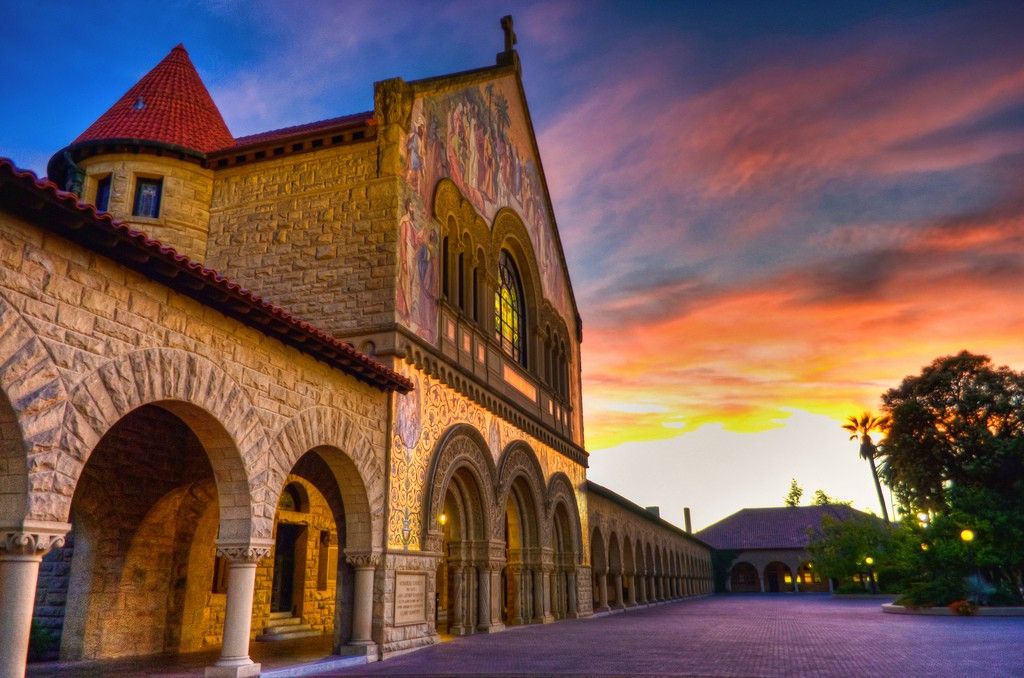“Stanford has a diverse student body representing a variety of backgrounds and identities. But most students self-segregate into racially and economically homogenous social circles. Then we reinforce that segregation institutionally through campus housing and exclusive clubs.”
Imagine if Stanford sold itself to you, as a prospective freshman, like this. Most of us would be appalled. It is hard to imagine a more noxious environment, or a more hypocritical one when it comes to diversity.
But time and time again, Stanford veers dangerously close to this horrifying state of affairs. The Farm is supposed to reflect the identities of all its members, and bring them together for everyone’s collective gain. Yet, what often happens instead is that students segregate into their own echo chambers, dividing strictly along racial, socioeconomic, and cultural lines.
As a result, the University risks perpetuating a false diversity — diversity used for attractive statistics, finger-snapping discussions with zero impact, and virtue-signalling.
The result of this false diversity is careless complacency and a Stanford where our purported intellectual beliefs are contradicted daily by our actions.
When issues of identity are abstracted into the classroom or in the dorm, we often are vocal in reaffirming the importance of inclusion and representation, while doing almost nothing to change behaviors that perpetuate exactly what we claim to stand against. Humanities students can spend hours discussing and sermonizing about oppression and the intersections of race, gender, sexuality, and class — but rarely speak to the dorm neighbor who is actually impacted by what they are studying.
How many talks on discrimination and diversity have you attended in the last year where people discuss problems eloquently, nod their heads at comments that we “need to do something”, where they say that a topic is “important” and “problematic,” yet nobody ever suggests or debates — let alone puts into practice — concrete, systematic solutions?
After the 2016 election, dozens of friends from high school and Stanford issued long Facebook missives urging peers to take personal action and make public choices to help women, African Americans, and other minorities threatened by the incoming administration. Just months later, I watched as dozens of these same friends joined Greek life organizations, slipping into a homogenous comfort zone: institutions that place immense social pressure on low-income individuals, exclude transgender people, and alienate racial minorities.
The contradictory behavior of some members of Greek life is only the tip of the iceberg. Campus organizations undoubtedly serve as important cultural hubs for people from different backgrounds. Nevertheless, many students groups, especially those designed to provide pre-professional training — fail to uphold their goal of broadening access to disadvantaged groups. The culture of privilege and wealth that dominates professions such as consulting, finance, business, and politics are mimicked, instead of reformed, in the clubs that prepare students for these careers. In turn, these groups reinforce the traditional divisions that Stanford supposedly works to eliminate.
In navigating all-frosh dorms, the low-income students and people of color I’ve spoken to often wrestle with white and upper-class notions of privacy and civility, where conceptions of personal space and acceptable mannerisms are drastically different from where they came from. When cultural differences create tension, my disadvantaged peers have often complained about the reluctance for one-on-one dialogue: fellow students will just take issues to RAs or other higher authorities rather than resolve anything themselves. Though events hosted by organizations like the BSU and FLIP are publicized in dorm group chats and emailing lists, many of the self-proclaimed progressives I know do not even consider attending. Despite preaching about their liberal values, they excuse themselves from genuine engagement with the hackneyed excuses of homework or exhaustion.
Such doublethink — where we display such glaring contradictions in our mindsets and actions without a second thought — is often accompanied by the transformation of “diversity” into a currency to be tossed around. In virtue-signalling our awareness of identity politics and social justice, we tokenize minority friends and speak of our particular experiences (like that one time we went to Africa!), in an effort to build moral credibility. When applying for jobs or club leadership positions, we’ve learnt to package such friendships and experiences into the tried-and-tested “diversity question,” vehemently explaining our supposedly life-changing enlightenments at Stanford. But when we speak out about our “experiences” of diversity, we transform discussions of others’ oppression into a commodity used to advance our own social-justice egomania. This concept is not new: Nancy Leong of Denver University has labeled it “racial capitalism”, where an individual or group derives value from another person’s racial identity.
To be clear, this article is not a blanket condemnation. I admire countless students, from all backgrounds and affiliations, who have rejected the passivity of liberalism and pursued genuine engagements with individuals different from themselves. I am also not rendering a final judgment on those that practice fake diversity. I will be the first to admit that I am guilty of the doublethink that I have condemned, choosing to rush and join organizations such as Ski Club without consciously thinking through how my actions were performances of privilege. Coming from an affluent background, I have often been complacent in perpetuating a dorm culture that can be unwelcoming. To fall into habits and to form relationships with those who are most familiar to you is natural. Whether it comes from the background of attending an elite New York private school, a common struggle against discrimination, or even a mutual religion or language, shared experiences breed personal ties.
But acknowledging these nuances is not the same as blindly accepting Stanford as it is. And if this article is anything, it is a plea for students — including, and especially, those with the privilege to feel comfortable in their Stanford bubble — to see injustice as more than an interview response or a topic for a mandatory FemGen class, but as an evil to discuss openly and combat on campus as well as in blue books.
Reforming problematic cultures and attitudes goes beyond kind words and intentions. It involves the questioning and confronting of our daily actions, forcing us to reevaluate issues as seemingly fundamental as civility and privacy. We will have to be comfortable with being called out for our implicit racism, classism, and sexism. But only then can we turn diversity from being a box to check off into, in the words of feminist Anna Holmes, “a starting point from which a more integrated, textured world is brought into being.”


